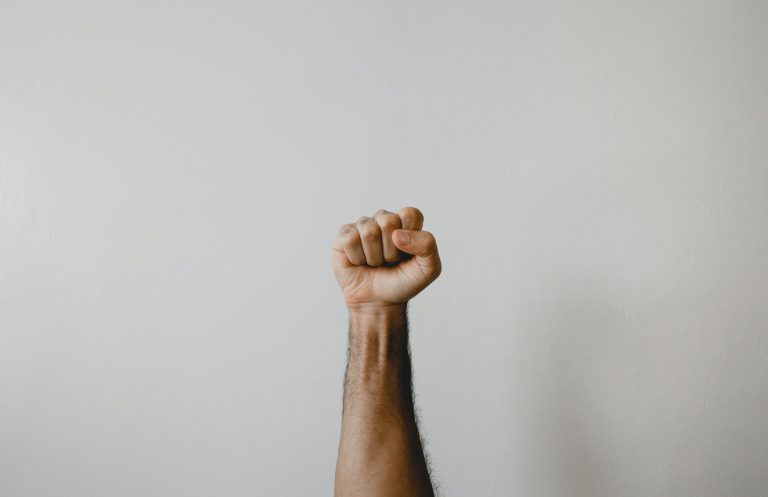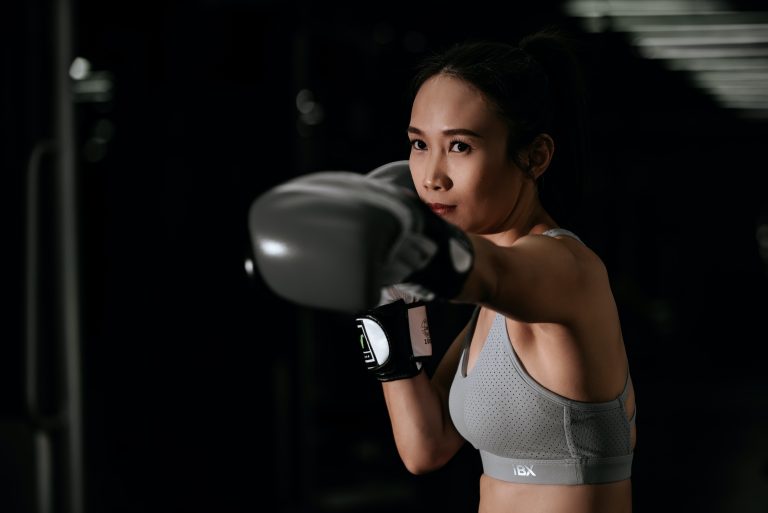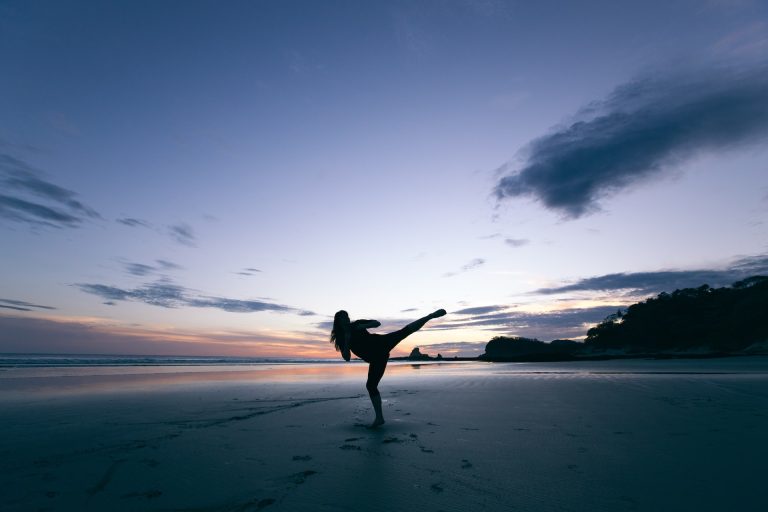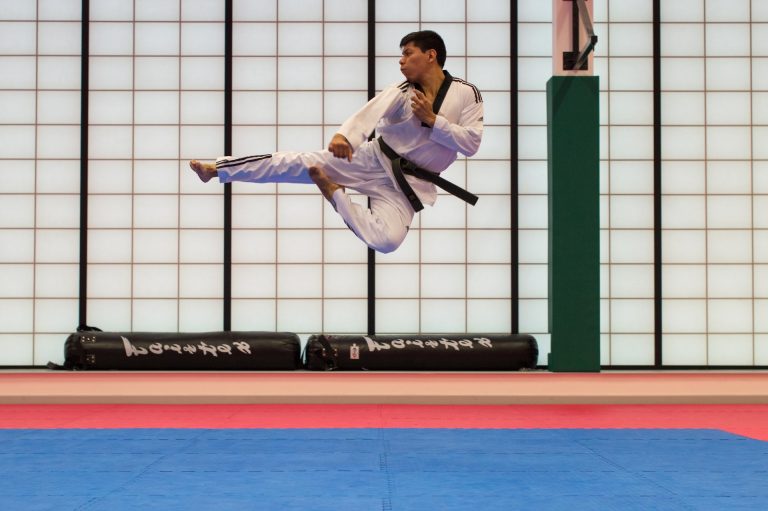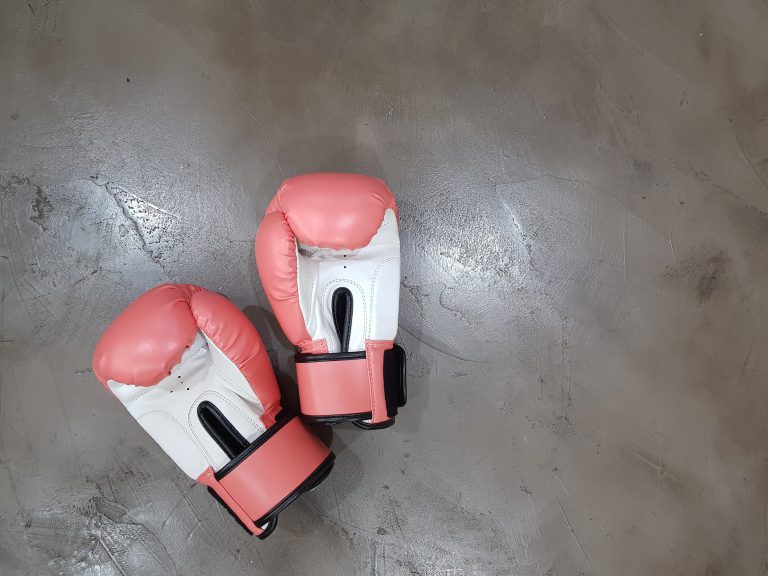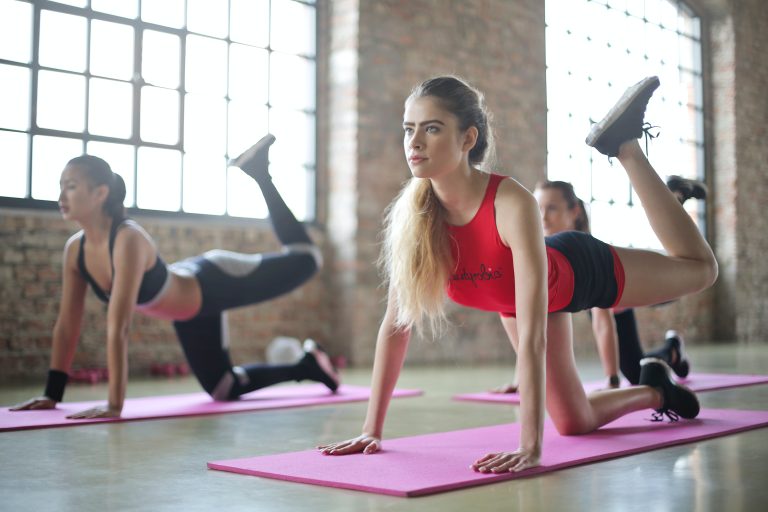Karate Styles List: A Comprehensive Guide to the Major Karate Styles
If you are interested in martial arts or want to start learning one, you may have come across karate. Karate originated in Okinawa, Japan, and has now spread worldwide. There are various styles of karate, each with unique techniques, philosophy, training methods, and history. In this blog post, we will discuss some of the most popular karate styles list practiced today.
Shotokan Karate
Shotokan karate is one of the most popular karate styles worldwide. It was started by Gichin Funakoshi in 1939 in Japan. Shotokan karate is known for its powerful, deep stances, linear techniques, and strong punches. In Shotokan, a practitioner will start with basic movements such as blocks, kicks, and punches with katas (forms). These forms are a sequence of movements that simulate self-defense situations, and the emphasis is on correct form and breathing. Shotokan also includes sparring and competition, which can be either individual or team-based.
Goju-Ryu Karate
Goju-Ryu karate was originated by Chojun Miyagi in 1930 in Okinawa, Japan. Goju-Ryu means „hard-soft style“ and is known for incorporating both striking (hard) and grappling (soft) techniques. In Goju-Ryu, there is a strong emphasis on circular movements, especially in kata. The style is known for its low stances, quick punches, and kicks. Goju-Ryu also includes two-person drills to simulate real-life situations. Sparring is also essential in Goju-Ryu, with full-contact tournaments being held.
Shito-Ryu Karate
Shito-Ryu karate was created by Kenwa Mabuni in 1928 in Japan, who blended the techniques of both the Goju-Ryu and Shotokan styles of karate. Shito-Ryu is known for its circular movements, quick and snap kicks, and strong punches. The style also emphasizes kata, especially those with multiple movements, and sparring. Shito-Ryu practitioners also train in kobudo, the use of traditional Okinawan weapons, like bo, sai, nunchaku, and tonfa, among others.
Wado-Ryu Karate
Wado-Ryu karate was founded by Hironori Ohtsuka in 1934 in Japan. Wado-Ryu means „way of harmony style“ and blends traditional karate with the principles of Jujitsu. Wado-Ryu emphasizes body flexibility, softness, and speed over raw power. It is known for its circular and evasive movements, unique blocks and techniques, and fluid footwork. Wado-Ryu includes both kata and kihon (basics) training, with a significant focus on sparring.
Kyokushin Karate
Kyokushin karate was founded by Masutatsu Oyama in 1964 in Japan. Kyokushin means „the ultimate truth,“ and the style is known for its high-intensity training and full-contact sparring. Kyokushin karate emphasizes building physical and mental strength and endurance, with practitioners often participating in grueling endurance tests. Kyokushin karate includes both basic techniques, kata training, and sparring, but is known for its hard-hitting techniques, including low kicks, knees, elbows, and powerful punches.
What are the Different Styles of Karate?
Karate is a popular martial art that originated in Okinawa, Japan, during the late 19th century. The martial art is practiced by millions of people worldwide due to its efficacy in combat and its ability to provide numerous physical and mental health benefits. With the popularity of karate, many different styles of the martial art have emerged. Below are the most commonly practiced karate styles and their unique characteristics.
Shotokan Karate
Shotokan karate is one of the most popular styles of karate in the world. It was developed by Gichin Funakoshi and his son Gigo Funakoshi in the early 20th century. This style of karate is characterized by its powerful, linear techniques and deep stances. Shotokan karate also incorporates a strong emphasis on kihon (basic techniques), kata (pre-arranged patterns of movements), and kumite (sparring).
Goju-Ryu Karate
Goju-Ryu karate is another popular style of karate. It was developed by Chojun Miyagi in the early 20th century. This style of karate is known for its circular movements and the incorporation of hard and soft techniques. The name „Goju-Ryu“ literally means „hard-soft style.“ Goju-Ryu karate also places a strong emphasis on breathing techniques, self-defense, and kata.
Shito-Ryu Karate
Shito-Ryu karate is a style of karate that was developed by Kenwa Mabuni in the early 20th century. This style of karate combines elements of both Shotokan and Goju-Ryu karate. It is characterized by its fluid and natural movements, as well as its emphasis on traditional values and etiquette. Shito-Ryu karate also places a strong emphasis on kata, kumite, and self-defense techniques.
Wado-Ryu Karate
Wado-Ryu karate is a style of karate that was developed by Hironori Ohtsuka in the mid-20th century. This style of karate is characterized by its fast, fluid movements and the incorporation of both hard and soft techniques. Wado-Ryu karate places a strong emphasis on evasion and redirection of an opponent’s attack, as well as the use of taisabaki (body shifting) to avoid attacks.
Kyokushin Karate
Kyokushin karate is a full-contact style of karate that was developed by Masutatsu Oyama in the mid-20th century. This style of karate is known for its rigorous training methods and emphasis on full-contact sparring. Kyokushin karate also places a strong emphasis on physical fitness and conditioning.
How to Learn Different Karate Styles: A Comprehensive Guide
Karate is a highly specialized form of martial art that originated in Okinawa, Japan, and has now gained worldwide popularity. It is known for its striking techniques, which include punches, kicks, knee strikes, and elbow strikes, as well as its blocks, throws, and joint locks. Karate has many different styles, each with unique techniques, philosophies, and strengths. If you’re interested in studying karate, then you’ll need to learn about the different styles out there to find the one that’s right for you. In this guide, we’ll show you how to learn different karate styles, step by step.
Step 1: Do Your Research
Before you start learning any karate style, you need to do some research to find out what’s out there. Look up different karate styles online, read up on their origins, techniques, and philosophies, and find out what distinguishes each style from the others. Some of the most popular karate styles include Shotokan, Goju-ryu, Wado-ryu, and Shito-ryu.
Step 2: Find a Good Dojo
Once you’ve done your research, you need to find a good dojo (karate school) to learn your chosen karate style. Look for a dojo that has experienced black belt instructors, a positive learning environment, and a reputable history. Check online reviews and ratings, speak to current students, and visit the dojo to observe a class before enrolling.
Step 3: Enroll in a Beginner’s Class
Most dojos offer beginner’s classes for students who are new to karate. Enroll in a beginner’s class for your chosen karate style to learn the fundamentals and build a strong foundation. Beginner’s classes usually cover basic techniques, stances, strikes, blocks, and kicks, as well as some basic forms (katas) and sparring drills.
Step 4: Practice Consistently
Practice is key to mastering any karate style. Attend classes regularly, practice outside of class, and set goals for yourself to track your progress. Focus on mastering the techniques you learn in class before moving on to more advanced techniques. Watch videos of expert karate practitioners to learn from their form and technique.
Step 5: Test for Your Belt Rank
As you progress through your karate training, you’ll be tested periodically for your belt rank. Belt ranks signify your level of skill and expertise in your chosen karate style. Each karate style has a slightly different belt ranking system, so make sure you understand the requirements for each level in your chosen style. Train hard and focus on improving your technique to advance in rank.
Step 6: Learn from Different Instructors
To gain a comprehensive understanding of your chosen karate style, it’s important to learn from different instructors. Attend seminars, workshops, and camps hosted by experts in your style, and take classes with different instructors to gain a wider range of knowledge and experience. Don’t be afraid to ask questions and seek feedback to improve your technique.
Step 7: Respect the Philosophy of Your Karate Style
Each karate style has its own philosophy and code of ethics, which are integral to the practice of karate. Respect the philosophy of your chosen karate style, and strive to embody its principles in your karate training and in your daily life. Treat your instructors, fellow students, and opponents with respect and honor the tradition and heritage of karate.
By following these steps, you can learn different karate styles and become a skilled practitioner in your own right. Remember to train hard, practice consistently, and always seek to improve your technique and understanding of the art of karate.
Inhaltsverzeichnis

